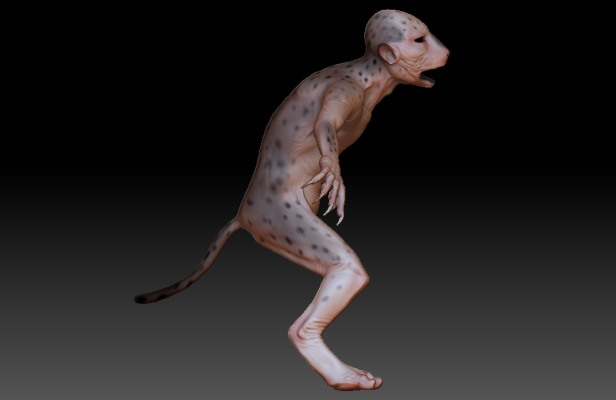
I’ve put the finishing touches on the Leopard-Man sculpt in ZBrush. It now has eyeballs, gums, tongue and teeth, and I’ve remeshed it to a tidier 9000-0dd polygons, UV’d and painted it. Bump and texture maps have been exported, now to see how it fares in Maya.
Before I sent it over, I did take some nice renders and detail shots of the model in ZBrush:
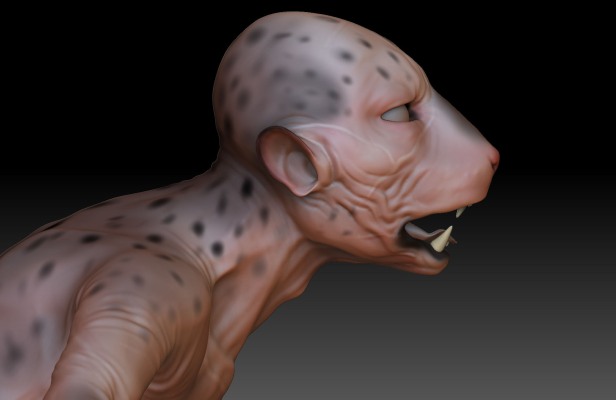
Imanaged to get the model close to my initial illustration, which I’m pleased about. I left the fur texture undetailed, as I just wanted a base to act as a template for the fur in Maya.
My time learning ZBrush from Robert Szczerba really made finishing this model go smoothly as I’ve learned a lot of methods for how best to use ZBrush’s different features. For example, where before I might have tried pulling the ears out of the head, I made them separately as a different subtool and merged them once they were correctly shaped and placed. I then remeshed the whole body to integrate the two parts together. This also gives a nice clean change of form between the ear and the head, which otherwise I find difficult to create through just sculpting. In hindsight, this would probably assist me in creating fingers/toes without having to struggle to keep a clean separation between them.
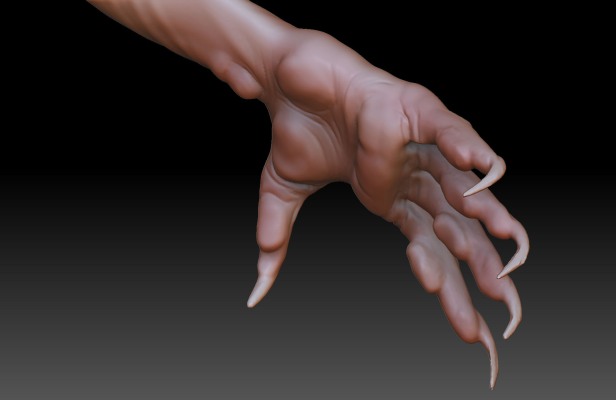
I’m happy with how the hands turned out. Depending on how the rigging works out, I might keep the fingertips and claws I sculpted here, or else make separate ones in Maya for easy of articulation. Cat claws are attached strangely; the claw is attached to the last section of the digit itself, i.e. it is functionally a continuation of the final bone in the finger:

When a cat’s claw is retracted, what that actually means is that final bone in the finger is folded back next to the preceding bone, holding the claw up and out of the way (where it sits under a fold of skin which mostly hides it from view). When the claws are extended, that is the animal merely unfolding that last joint and bringing the claws to bear.
Depending on how tests go, I would ideally like to include this kind of capability in the Leopard-Man’s rig. If not I can opt for a more human-like range of motion for the hand, but I hope I can find a way to make claw extension work.
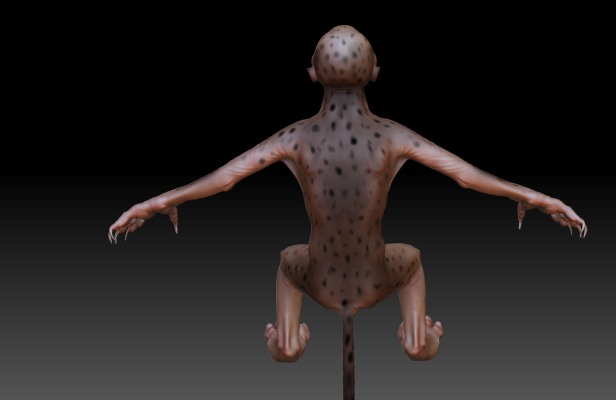
I exported the base body model into Maya and smoothed the mesh. I found to my disappointment that the texture looked washed out, which I now realise was a result of keeping the skin material on the model while I was painting it in ZBrush, which I believe made me think I’d put more colour on than I actually had.
The other problem is the bump map, which despite how I tried to adjust it in Maya was either too light and unnoticeable, or else too bold and looking like it was drawn on with a heavy pencil.
The temporary solution for now was to light the creature in a way that caught the bump map well:
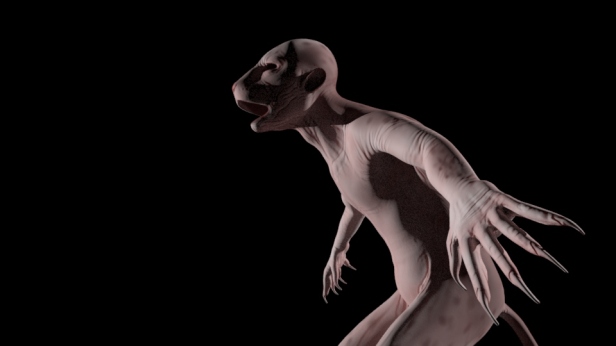
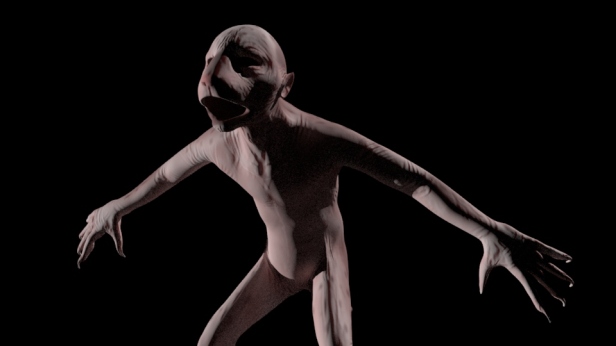
…However, more direct lighting shows how much depth seems to have been lost. I will try adding an ambient occlusion map to see if that helps pick out more folds in the skin, or else I may need to go back into ZBrush to paint more contours on by hand.
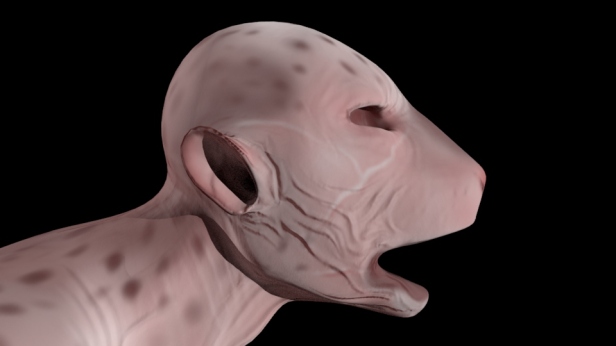
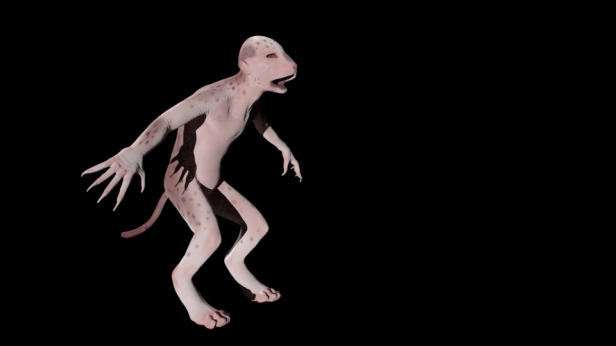
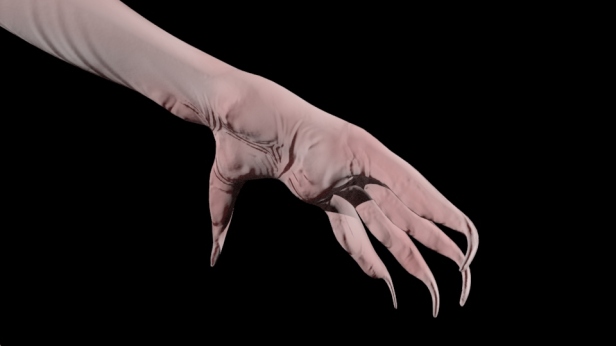
So while there have been some setbacks, the Leopard-Man is almost ready to be rigged. I’m looking forward to trying to figure out solutions to areas like the claws, and how to get a good range of motion in the shoulderblades.
–
References:
Encyclopedia Britannica. (2010). claw | anatomy. [online] Available at: https://www.britannica.com/science/claw [Accessed 21 Mar. 2017].
